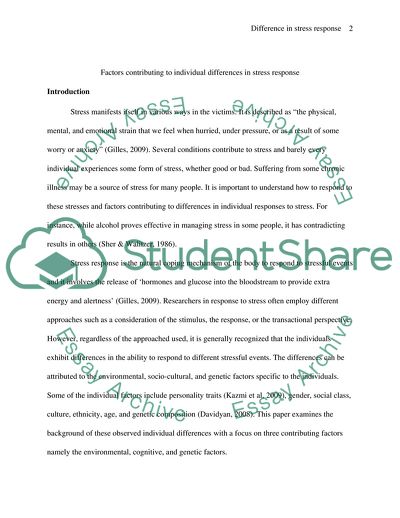Cite this document
(Factors Contributing To Individual Differences in Stress Response Case Study, n.d.)
Factors Contributing To Individual Differences in Stress Response Case Study. Retrieved from https://studentshare.org/social-science/1766574-outline-and-discuss-two-or-more-factors-that-contibute-to-individual-differences-in-the-stress-response
Factors Contributing To Individual Differences in Stress Response Case Study. Retrieved from https://studentshare.org/social-science/1766574-outline-and-discuss-two-or-more-factors-that-contibute-to-individual-differences-in-the-stress-response
(Factors Contributing To Individual Differences in Stress Response Case Study)
Factors Contributing To Individual Differences in Stress Response Case Study. https://studentshare.org/social-science/1766574-outline-and-discuss-two-or-more-factors-that-contibute-to-individual-differences-in-the-stress-response.
Factors Contributing To Individual Differences in Stress Response Case Study. https://studentshare.org/social-science/1766574-outline-and-discuss-two-or-more-factors-that-contibute-to-individual-differences-in-the-stress-response.
“Factors Contributing To Individual Differences in Stress Response Case Study”. https://studentshare.org/social-science/1766574-outline-and-discuss-two-or-more-factors-that-contibute-to-individual-differences-in-the-stress-response.


